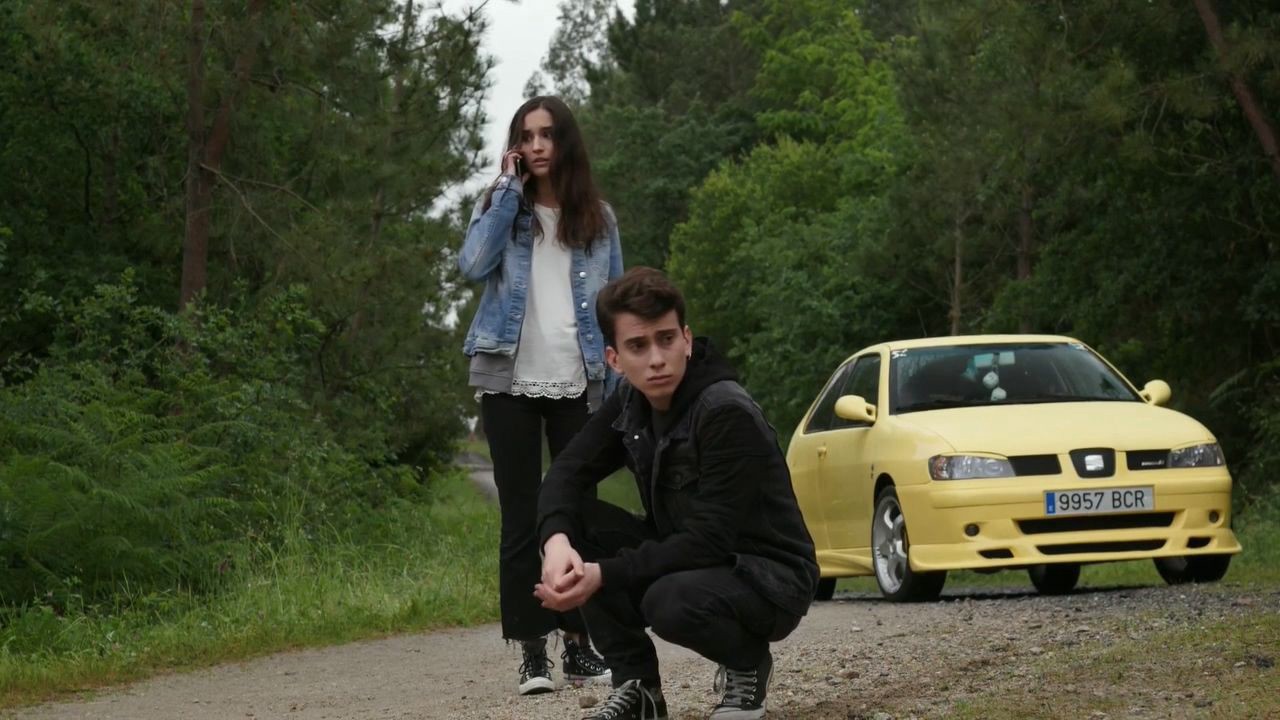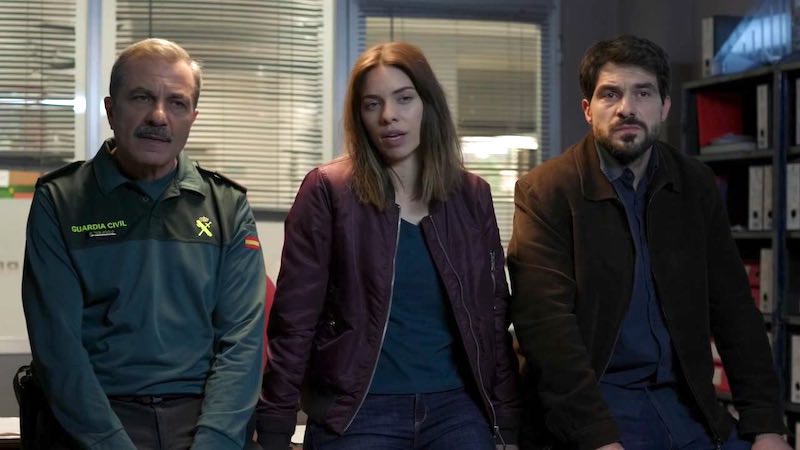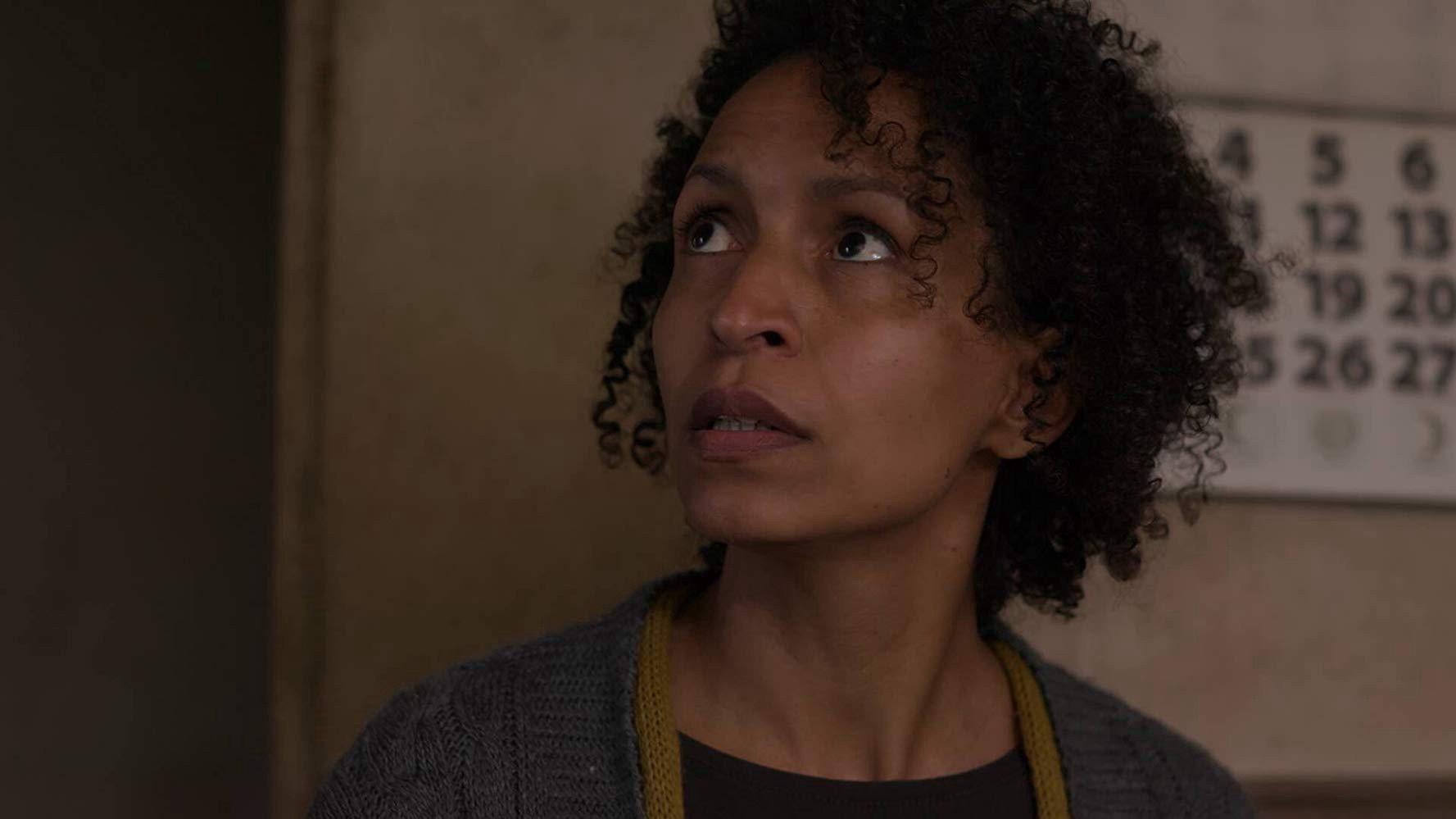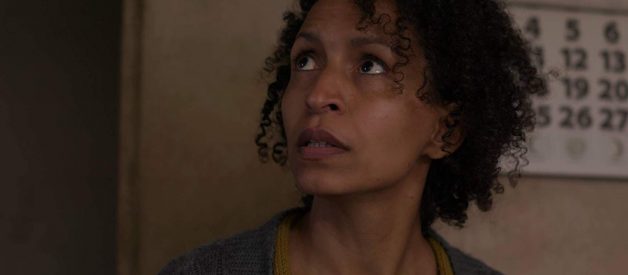 Mara Mera as protagonist Rosa Vargas
Mara Mera as protagonist Rosa Vargas
It took me longer than it should have to start this series, since Bitter Daisies sounds more like a dark offbeat comedy than a twisty true crime show. The title better translates as ?The Taste of Daisies,? though it does sound better in the original Galician: O Sabor das Margaridas. The floral reference isn?t immediately clear, but all is revealed in due time. (Sidenote: this is Netflix?s first Galician-language series, which is an extra treat to anyone interested in this minority Romance language.)
The show takes place in a fictional town in rural Galicia, the northwest corner of Spain right above Portugal. While the rest of the police are preparing for the pope?s visit to Santiago de Compostela, a green lieutenant from the Civil Guard shows up to investigate a young woman?s disappearance. As the show unfolds, the deceptively quaint town is inevitably revealed to hold an underbelly of sex, crime, and exploitation.
Once I got past the slightly soapy elements that seem endemic to Iberian film, the show turned into a super engaging and high-quality thriller, despite a few confusing idiosyncrasies. As Old Ain?t Dead pointed out, there are some dead-end plotlines and inexplicable gaps that do seem a bit like cheating once they?re revealed. Some of the final twists are undoubtedly out of left field, but if you?re into mystery novels you?ll love teasing out the red herrings from the actual clues. Or, if you?re like me, you?ll be totally blindsided.
 Local high school student Rebeca and her erstwhile boyfriend Brais in the opening scene of episode 1
Local high school student Rebeca and her erstwhile boyfriend Brais in the opening scene of episode 1
As Decider?s ?Stream It or Skip It? noted, the show?s strongest asset is its unfathomable protagonist, Rosa Vargas, a mystery in and of herself. This was a welcome change from Victim Number 8, in which lead investigator Olaegi seemed more intent on proving herself as a female officer than in finding out the truth. I would compare Rosa?s relentless hunt to the steely determination of The Fall?s Stella Gibson, but unlike her, Rosa seems rather unconcerned with her professional status, nor does she expound on gender relations (more on that later).
The supporting characters are also intriguing and well-acted. As a small-town whodunit similar to Broadchurch and Midnight Sun, nearly everyone acts as though they might well be the killer, and you?ll find yourself constantly switching your money on who should be the prime suspect. The primary exception is high schooler Rebeca, who serves as a naive foil to Rosa?s stoic wisdom. Two other characters are rarely seen but undeniably felt: the missing woman Marta, who leaves behind all sorts of clues, and the mysterious blonde-haired girl Rosa keeps seeing.
Each chapter opens with an excerpt of Dante?s Inferno, from which the episode derives its title. If you want to go down this allegorical route, you could argue circles around which of these young women ? Rosa, Rebeca, Marta, the blonde-haired specter ? is Dante, or Virgil, or Beatrice. Who is leading whom into hell may be unclear, but there?s no such confusion about hell itself.
 From left to right, the three main investigators: Retiring local chief Alberte Figueroa, out-of-town lieutenant Rosa Vargas, and upcoming local chief Mauro Seoane
From left to right, the three main investigators: Retiring local chief Alberte Figueroa, out-of-town lieutenant Rosa Vargas, and upcoming local chief Mauro Seoane
Compared to the deeply personal and precarious narratives of the various women, which includes an excellently humanized cast of sex workers, the men in the series are only compelling insomuch as each is revealed to be more deviant than the last. There are enough particularly disturbing male characters that I found myself suspecting even the most upstanding characters in anticipation of the show?s final message being ?all men are trash.? Thankfully this does not seem to be the show?s message, but then, it doesn?t seem to have much of a message to speak for.
As I mentioned earlier, Bitter Daisies is an interesting contrast to The Fall. Certainly it?s much less graphic, sometimes even too sanitized as we are continually told of how perverted men?s sexual desires can be, but never given real details on anything less tame than bunny costumes and shoe fetishes.
It also avoids too much discussion about the nature of men versus women, or the class issues inherent to human sex trafficking. (At least, compared to Quicksand, these issues are actually apparent.) But the general consensus as to the reasons behind this kind of evil is simply that, the ineffable existence of evil. This narrative also avoids interrogating the strategic obliviousness the wives of these wealthy johns, or the complicated complicity of sex workers like Samanta, who straddle the line between madam and trafficking victim.
 Yelena Molina as supporting character Samanta
Yelena Molina as supporting character Samanta
The overall effect of this approach is to come off as simultaneously simplistic and yet also morally vague. The series redeems itself to some extent in the season finale, but there?s a Money Monster-esque feel of ?nothing ever changes? to what should be a triumphant conclusion. We see the usual suspects carted off, but not one of the oft-dangled famous, rich, important men behind these crimes is ever shown.
As far as personal narratives are concerned, everyone?s story wraps up rather nicely, except for one particular plotline that all but explodes. I did see mention of a casting call for season 2, which hopefully would have picked up directly following this cliffhanger, but haven?t had any luck finding more information on whether future seasons are actually in the works. Even so, season 1 is solid enough to stand on its own two feet, and well worth your time.


